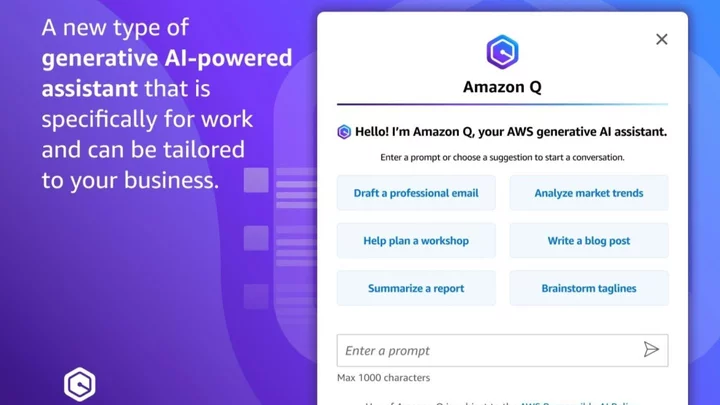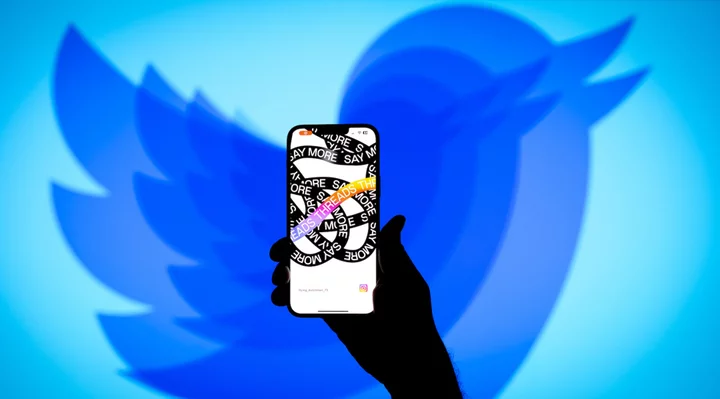At the heart of humanity is an intrinsic need to feel loved and cared for. This desire articulates itself in many different ways, but one of the most basic expressions of this need comes in the form of being heard and respected.
Listening to someone tells them that you care about what they have to say. But more than caring about the words they’re speaking, the listener is saying that they respect the individual enough to take time out of their busy schedule to consider what they deem important.
SEE ALSO: Stop listening to the 'alpha male' griftThe problem is that we live in a world where people prefer hearing themselves talk over listening to others speak. Ultimately, this has created a hostile work environment where the powerful speak and everyone else listens, when a healthy business actually requires mutual conveyance and reception of ideas.
7 techniques that will help you be heard
The structure of our society and the way in which people communicate in professional settings, unfortunately, means that you have to fight for yourself if you want people to listen. With that being said, you’ll benefit from employing the following techniques.
Credit: Compassionate Eye Foundation / David Oxberry via Getty Images1. Stop mindless chatter
Have you ever considered the possibility that people don’t listen to you because you’re always talking? Ironically, people who talk the most get listened to the least. This is because mindless chatter yields very little value. Why would anyone want to waste their time listening to someone who isn’t conveying anything of value in their words?
NPR radio show host Marty Nemko believes he’s developed a simple strategy that tells people when to stop talking. He calls it the traffic light strategy and it uses the colors green, yellow, and red to rein in chatter. The first 20 seconds of speech are known as the green light period. “Your listener is liking you, as long as your statement is relevant to the conversation and hopefully in service of the other person,” Nemko says. The next 20 seconds are known as the yellow light period. “Now the risk is increasing that the other person is beginning to lose interest or think you’re long-winded.”
After the 40 second mark, you hit the red light period. “Yes, there’s an occasional time you want to run that red light and keep talking,” Nemko points out, “but the vast majority of the time, you’d better stop or you’re in danger.”
Whatever strategy you use, it’s important that you stop mindless talking. Otherwise, you’ll be like the boy who cried wolf and nobody will want anything to do with you when you actually have something important to say.
2. Understand what listening looks like
You need to understand what true listening looks like before you can expect others to listen to you. Listening is not merely being quiet while others talk. It’s about being quiet, looking the speaker in the eyes, and processing what they have to say. Then, at the appropriate time, you respond or interject.
When responding or interjecting, resist the temptation to begin speaking yourself. Don’t tell a story that loosely relates to what they’re talking about just because you feel like you need to add something to the conversation. Instead, ask them questions to show that you’re processing what they’re saying. Tell them when you agree with a statement. Inform them when you disagree with something. This is how you actively listen.
Credit: AntonioGuillem / Getty Images3. Remove distractions from the environment
If you find that people often don’t listen to you, it’s possible that you’re trying to compete for attention and are losing out. If you’re a parent, this is something you’re all too familiar with. Getting kids to listen when their favorite TV show is on is nearly impossible. The house could be burning down around them and their eyes would stay glued to the screen.
While your coworkers aren’t children, these basic tendencies remain. If you’re trying to tell your coworker about something and they’re checking their email at the same time, they aren’t really listening to what you have to say. Politely ask them if you should come back at another time. This will usually garner their full attention.
SEE ALSO: 65 websites to waste your time on4. Put important things in writing
Let’s say you have the opportunity to deliver a quick five-minute presentation in a meeting with key company advisors. You develop what you believe is an articulate and concise speech that will wow those in attendance and help improve your reputation around the company. But after delivering the presentation, you notice people asking you questions about things you just said. Were they not listening?
While it’s possible that some of them tuned out, the reality is that most people only remember 25 percent of the things they listen to. This means that even just minutes later, people forget some of the things you say. In a situation like this, you can help your audience remember by putting important things in writing. When people are able to read along and hear you speak at the same time, absorption of ideas stands a better chance.
5. Watch your body language
Much of communication is nonverbal. If you’re only thinking about your words when speaking to others, you aren’t taking into account the importance of body language and how you present yourself to your listeners.
According to social psychologist Amy Neuzil, you can command a lot of authority by tactfully controlling your physical image. In her TED Talk, she points out that standing in a high power pose for two minutes makes you feel more confident, elevates testosterone levels, and promotes the release of cortisol (which curbs stress). The final result is more confidence, which naturally draws people in and motivates them to listen.
Credit: Paul Bradbury / OJO Images via Getty Images6. Cut to the chase
Research shows that people spend 70 to 80 percent of their day engaged in some type of communication, and roughly 55 percent of their time is strictly devoted to listening. With such a huge chunk of the average person’s day spent listening, the last thing someone wants to do is listen more than they have to.
One incredibly useful skill you can learn is how to cut to the chase. Pleasantries are nice, but often unnecessary. Get to the point and people will appreciate your brevity. Furthermore, they’ll be more apt to listen in the future since they know it won’t require a huge time investment.
7. Build relationships with those around you
The most beloved business owners and CEOs in the world are those who have personal relationships with their employees. Because they’ve taken the time to get to know their employees, people listen to them. They’ve developed a workplace culture. They’ve earned the credibility. (This is loosely tied to the psychological phenomenon known as the mere exposure effect.)
SEE ALSO: Libraries take to TikTok to build community and new cultural relevanceWhile you may not be a business owner or CEO, you can apply some of the same lessons. If you want people to listen to you and respect your opinions, work on building relationships. People are much more likely to take the time to listen if they respect you on a personal level.
You deserve to be heard
As a human being, you deserve the right to be heard. But that doesn’t always mean you will be heard. If you want people to listen to your ideas and respect your opinions in the workplace, you have to stick up for yourself.
Whether or not people listen to you is largely dependent on how you carry yourself. Understanding this, actively work to ensure you aren’t just blending in with the masses. Pick the right moments to stand out and you won’t just be heard by your peers — you’ll also command the ears of your superiors.
UPDATE: Jul. 17, 2023, 5:21 p.m. AEST This article was originally published in Feb. 2017, and has since been updated in July 2023.
Featured Video For You Heartbreaking images emerge of mass stranding of over 400 whales








